Tasting Report: Chianti’s Diverse Reality in 2016 and the rising prominence of Gran Selezione
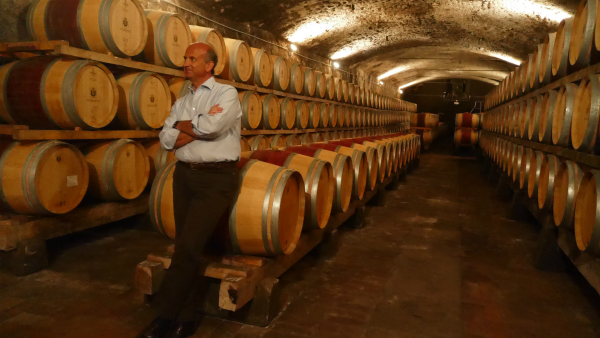
It’s a mixed year for Chianti. Riserva Chiantis currently released from areas like Chianti Classico and Chianti Rufina are of outstanding quality, but many wineries struggled to overcome 2014’s cold and wet grape growing season, leading to many light and simple reds. In fact, many top names are only making an appellation bottling in 2014 and forgoing single vineyard and riserva labels. “The 2014 vintage was as difficult one,” said Francesco Mazzei from the well-regarded Chianti Classcio house bearing his family name. “But we managed to make excellent wines through severe selections and putting our best wines in our general bottlings.”
My recommendation is to buy 2013s and older vintages offered on the market this year and enjoy their firm and fruity style or opt for a bright, young 2015 Chianti. “The 2013 vintage is an excellent one for Chianti Classico,” says Carlo Ferrini, one of the top consulting enologists for Tuscany. “It’s a cooler vintage giving firmer, more tannic wines. The wines made in 2011 and 2012 are softer and richer due to these hotter and drier growing seasons.”
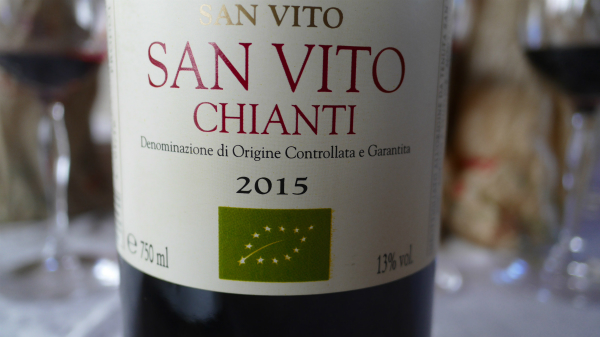
This year I tasted almost 300 wines from Chianti appellations, and the various regions continue to fascinate, particularly Chianti Classico for obvious reasons. As in years past, I’m always interested when Chianti Classicos show vineyard designations. With so many different microclimates and soils, the area is arguably Tuscany’s most diverse. Chianti Classico’s Gran Selezione is increasing in popularity in the market—and rightfully so. My top wines of this tasting carry the designation, which for the most part focuses on wines from specific vineyards of a producer.
‘Chianti Classico has such amazing and very different vineyards,” says Francesco Ricasoli of Barone Ricasoli and Castello di Brolio, one of the best names of the region who is producing more and more single vineyards each vintage. “We need to focus on them and show the world their value and uniqueness.”
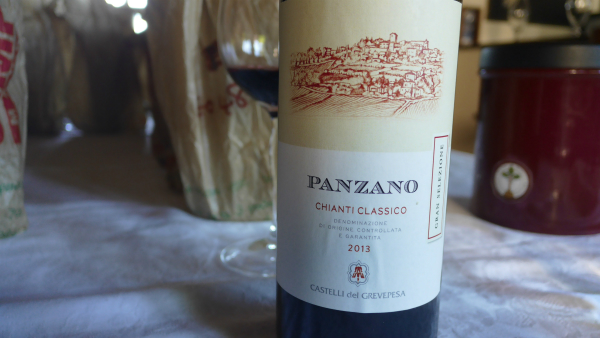
This geographic diversity, however, underlines my main concern with the Gran Selezione designation. Many of the wines reach a fantastic level of quality, but they can begin to show similar characteristics as winemaker try to conform to the standards of the category. Dark colors, dense fruit structure, and extracted tannins seem to give entrance to the group of Gran Selezione. This can mask the true character in a wine that is derived from unique soils and climates
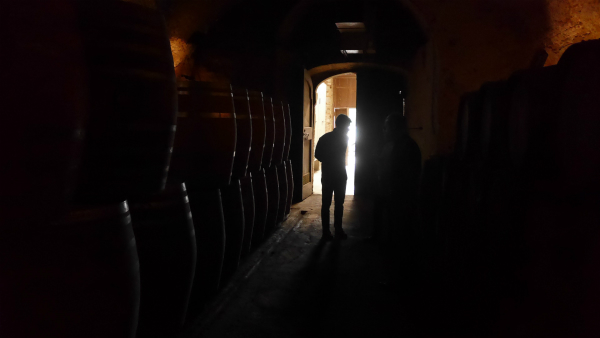
I assume that’s the preference of a quasi-governmental tasting panel reviews and approves all wines for the Gran Selezione appellation. Moving forward, I hope the panel understands that bigger is not always better and that vineyard-driven differences are key in wines. But the fact remains that Gran Selezione Chianti Classicos are currently the best Chiantis in the market, and many compete or better top Brunello di Montalcinos.
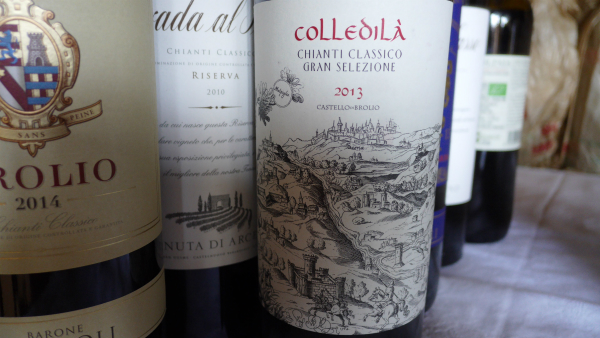
—James Suckling, CEO
Photos from top to bottom: Lamberto Frescobaldi in the cellar of his winery in Chianti Rufina, Castello di Nipozzano; A fresh 2015 Chianti made from organic grapes; Blind tasting Chianti Classicos; A village wine emphasizing regional differences in the appellation of Chianti Classico; Cellar in Chianti Classico near village of Panzano; Single vineyard Gran Selezione from Castello di Brolio